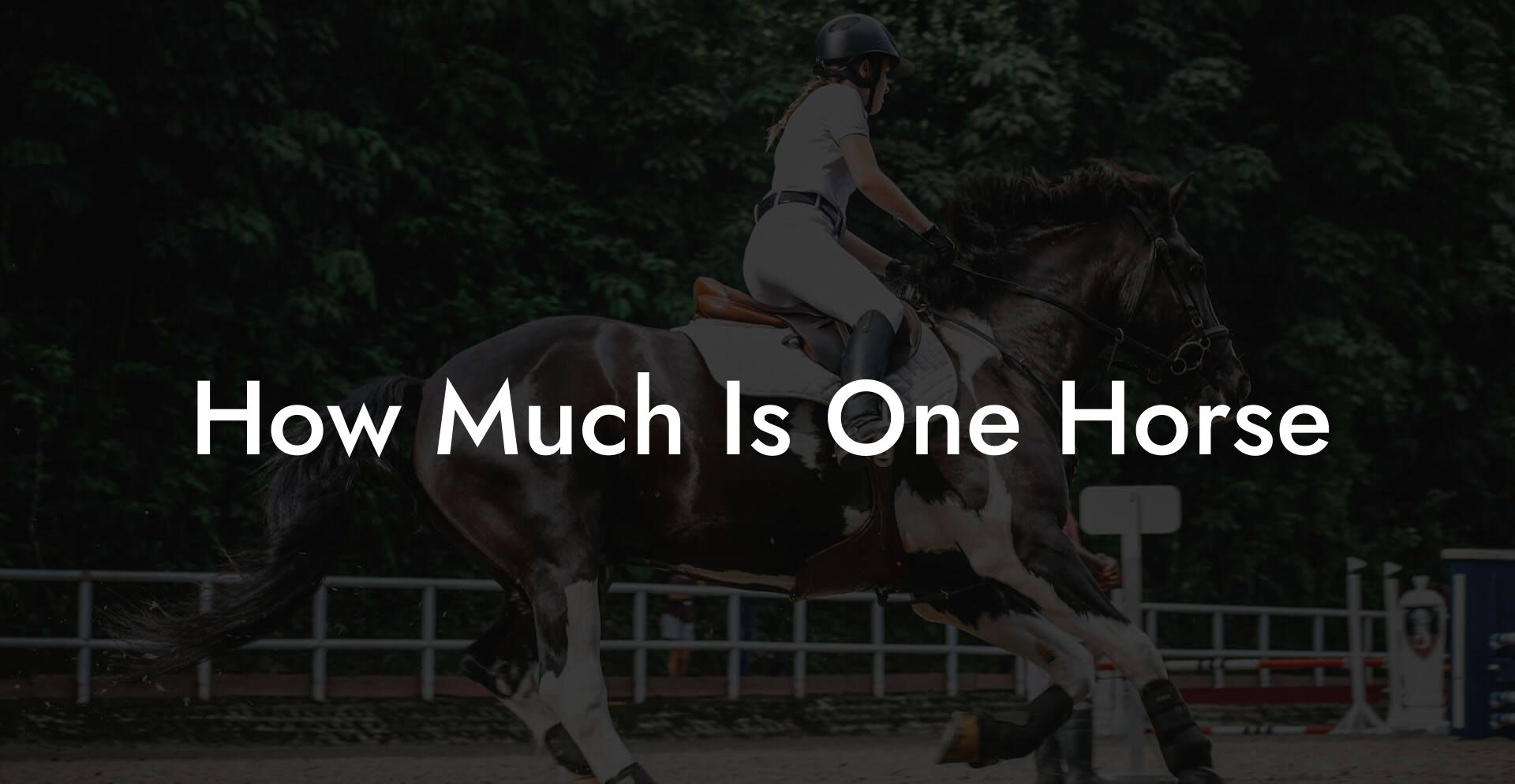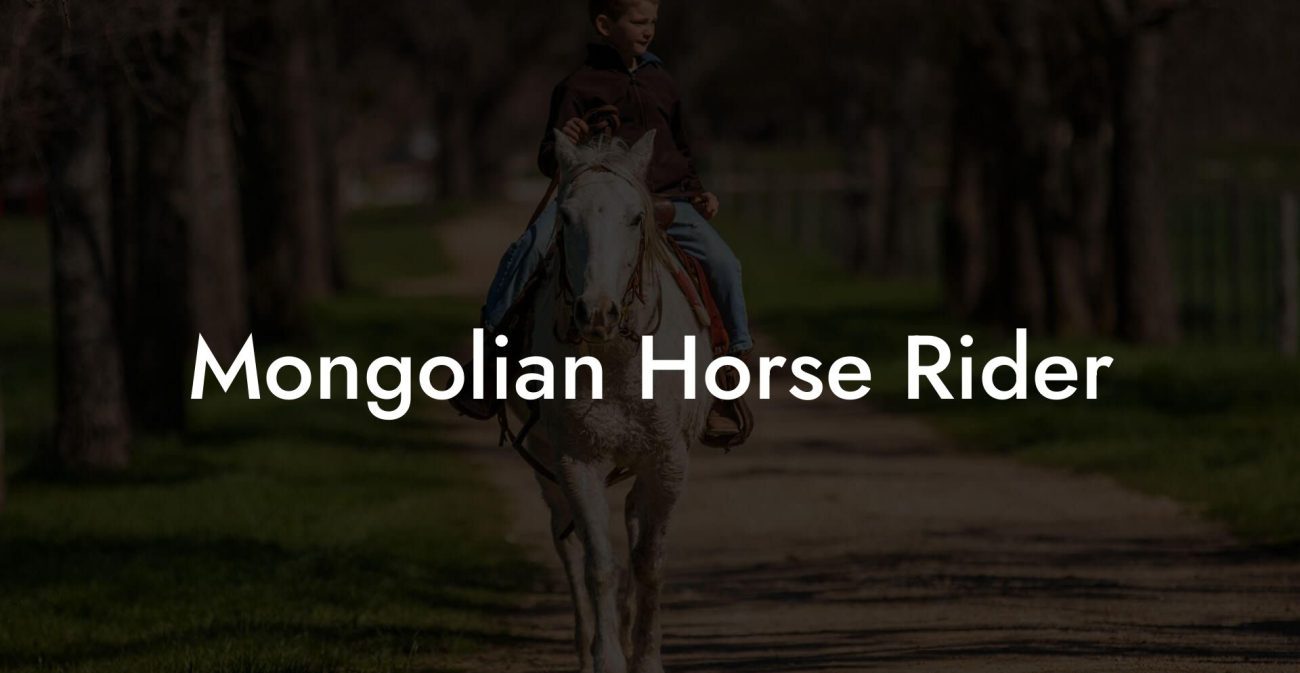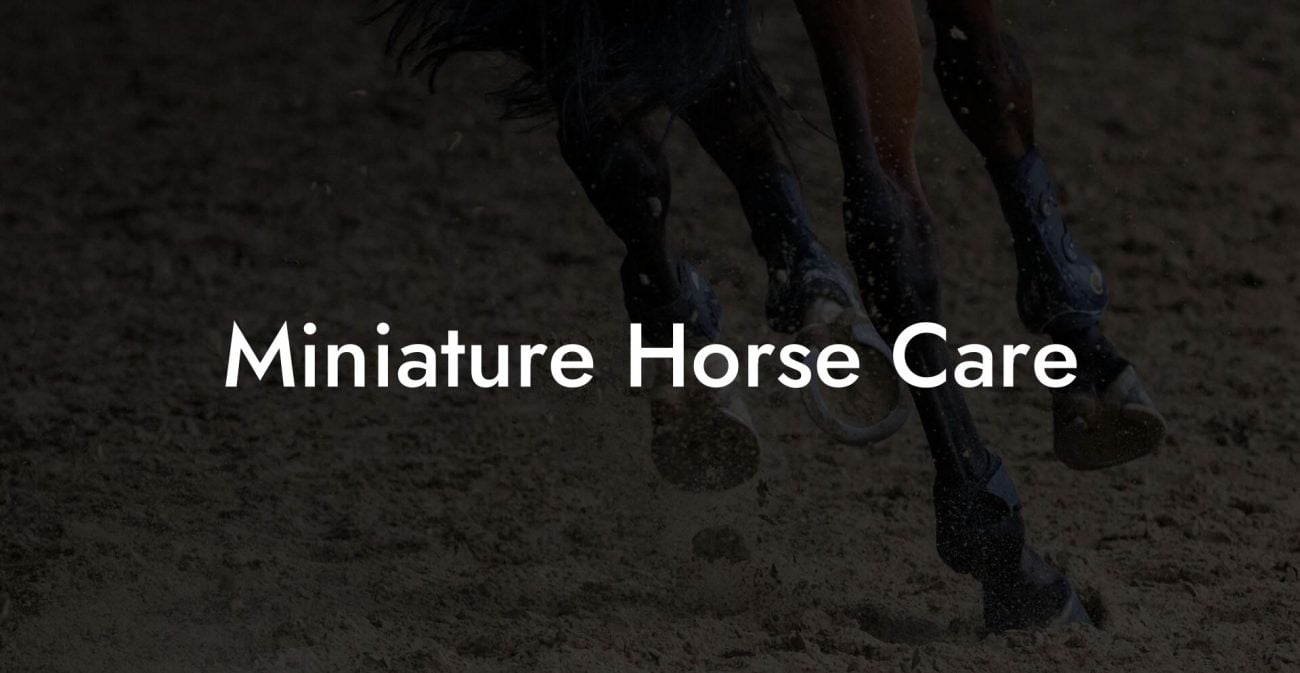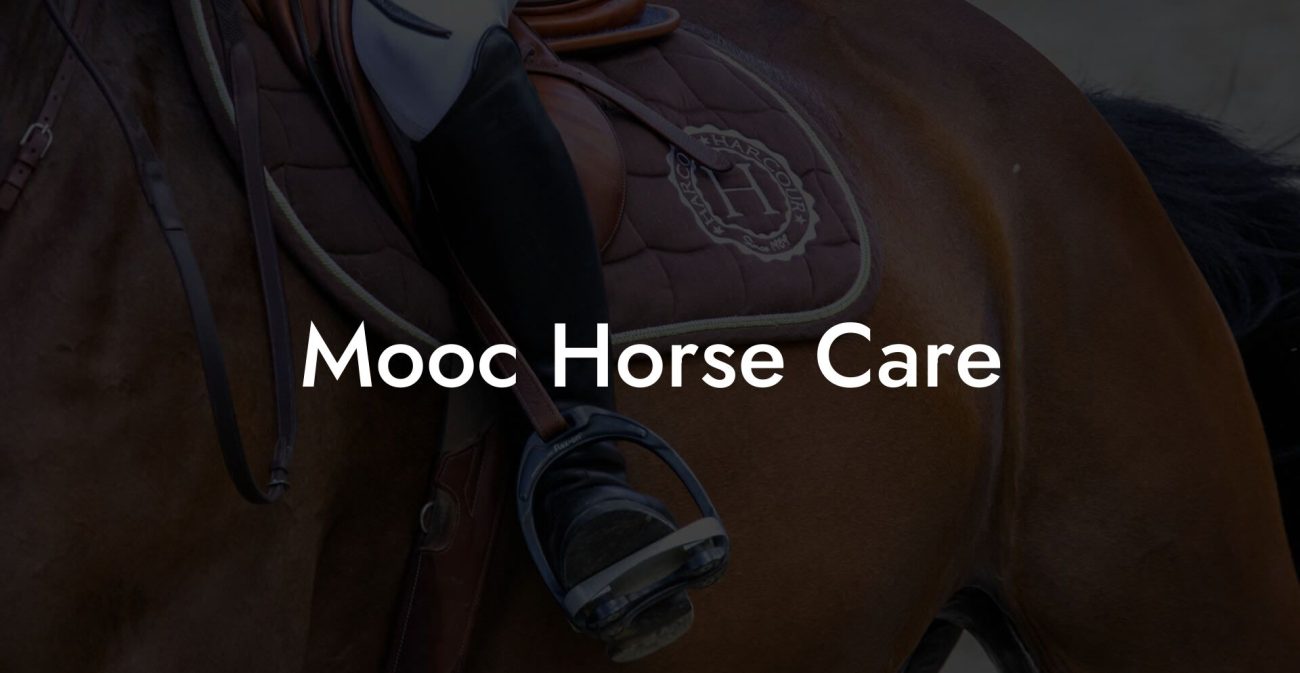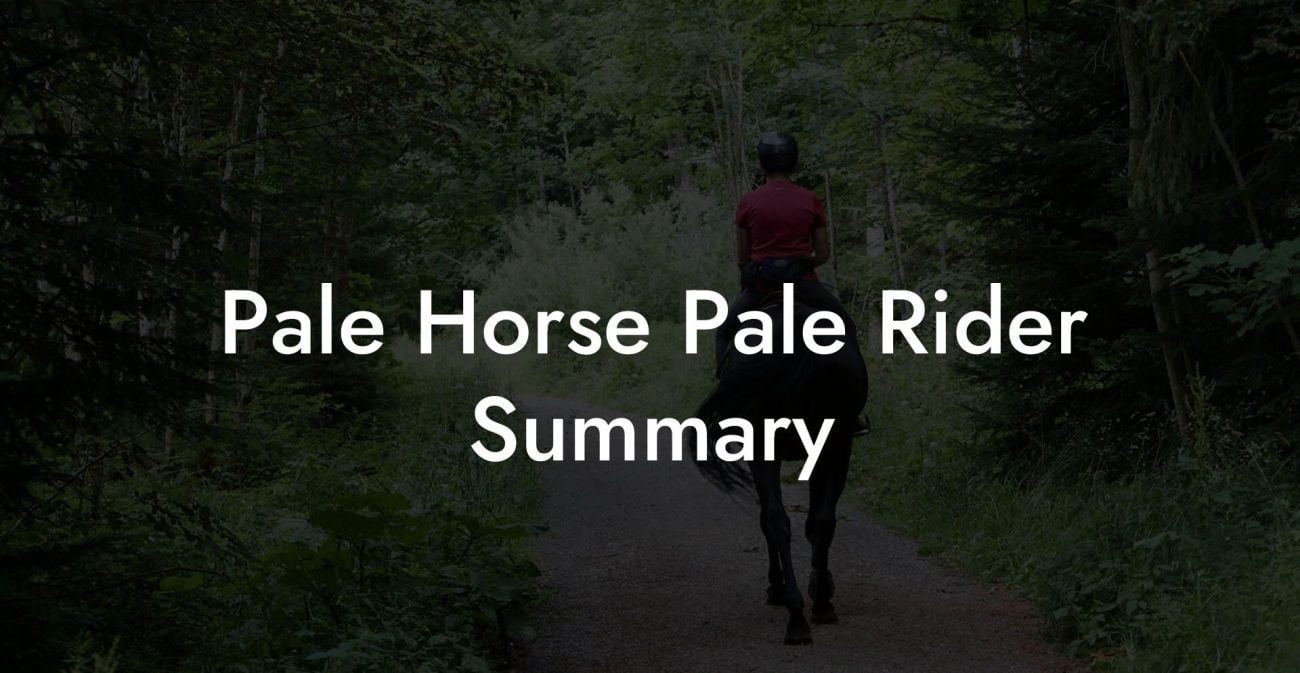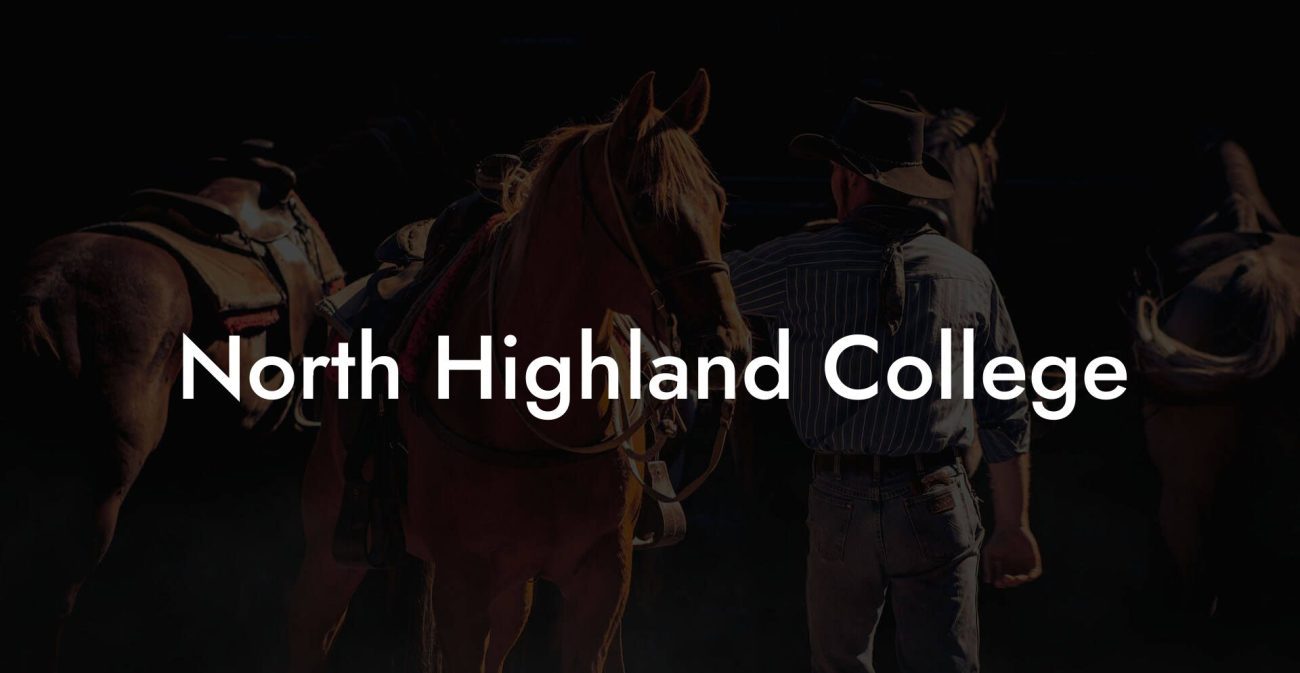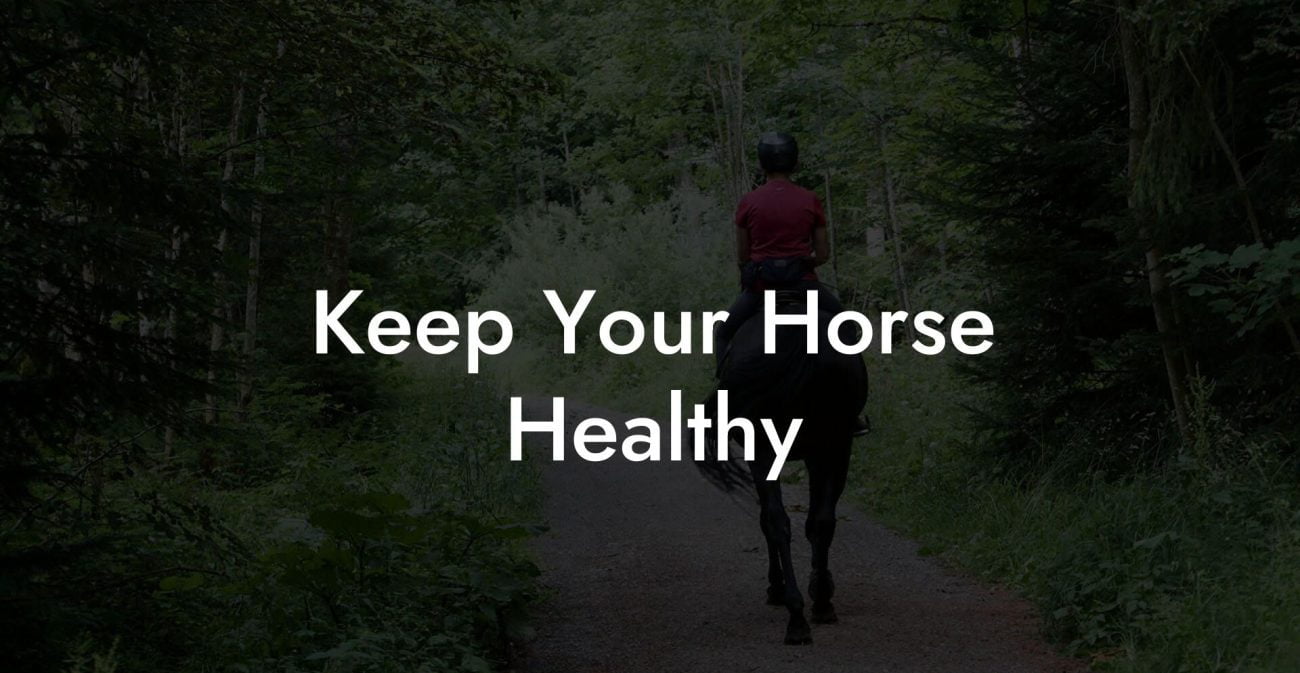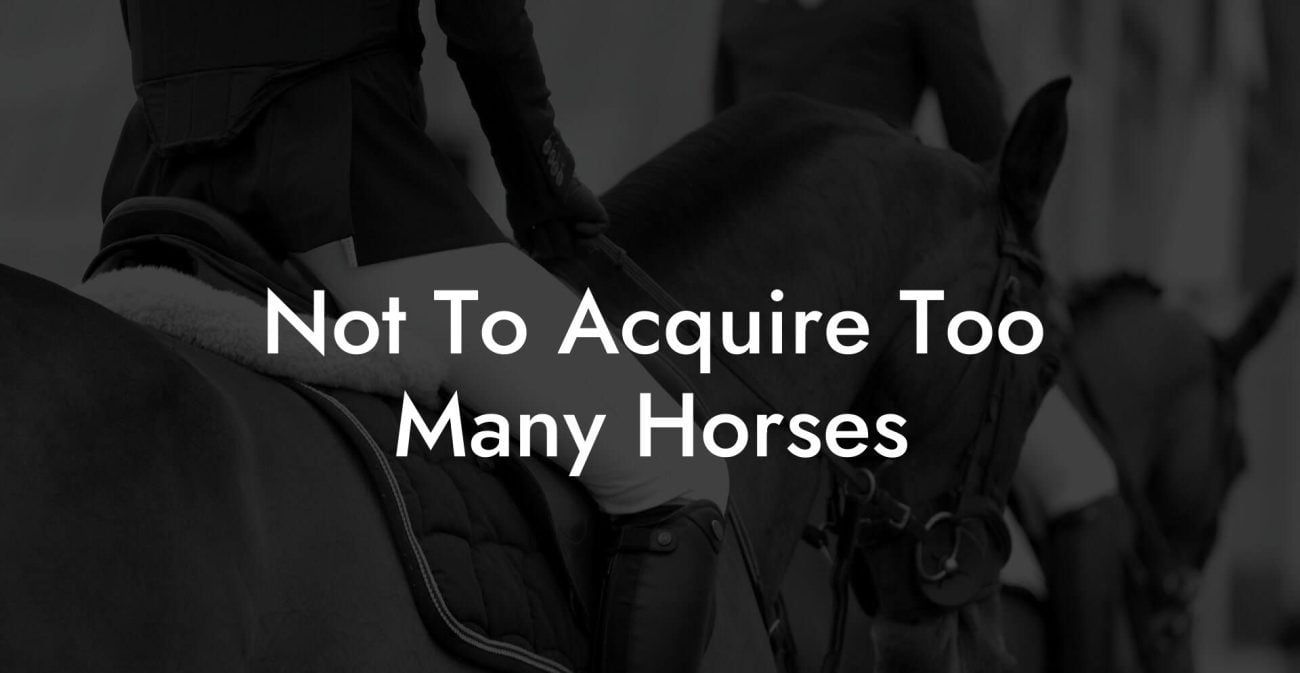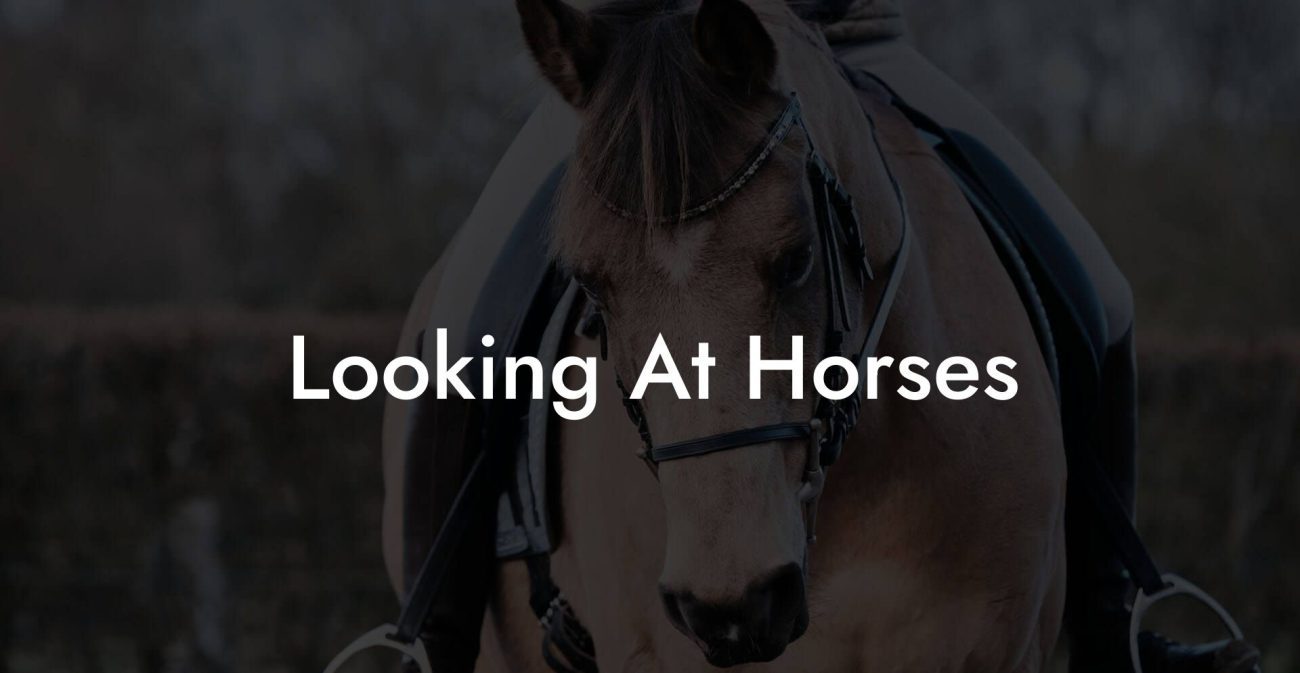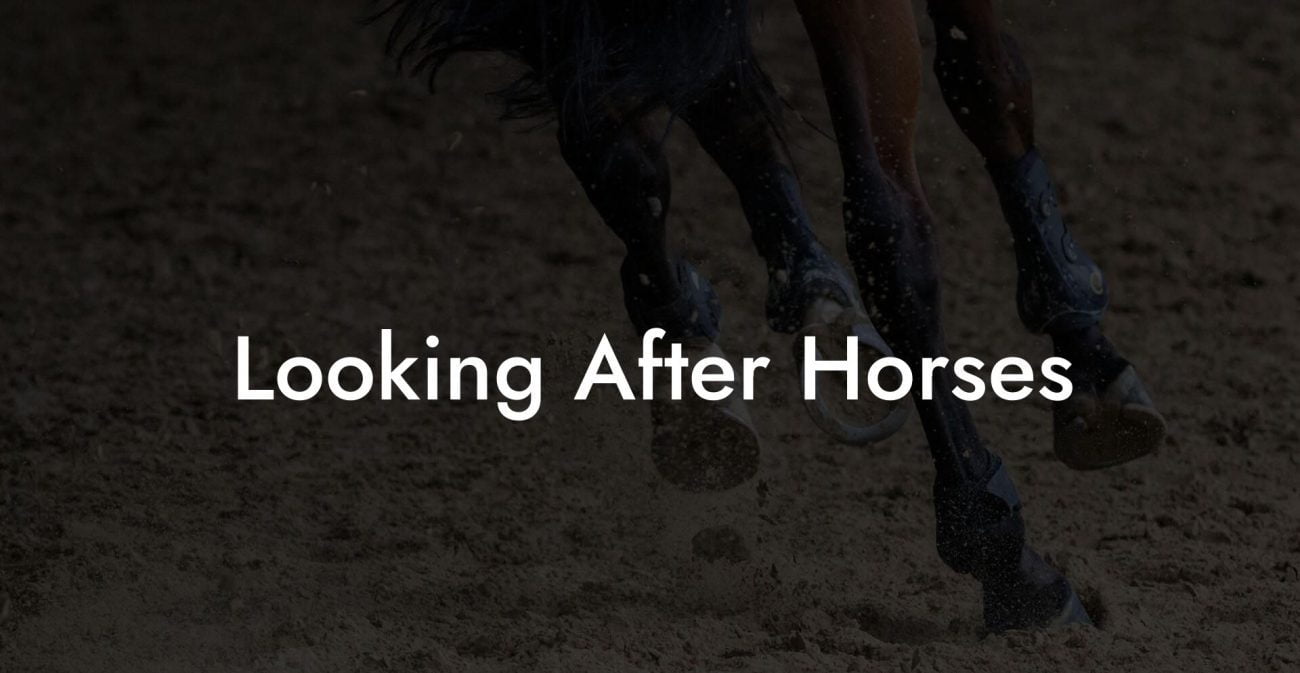Ever wondered if a horse is the new must-have pet for your Insta feed or if owning one comes with a price tag that could fund a small country? Strap in, because we’re about to gallop through the ins and outs of horse ownership, where we break down exactly “How Much Is One Horse” in a way that’s as refreshing as a mint julep on a sunny day. Whether you’re dreaming of wide-open pastures or just curious about the real costs behind those majestic manes, we’re here to give you the full tour, in a voice that’s equal parts savvy Gen-Z banter and millennial know-how.
Quick Links to Useful Sections
- The True Value of Equine Companionship
- Breaking Down the Horse Price: Purchase and Initial Investments
- 1. Purchase Price: Where Does It All Begin?
- 2. The Role of Age and Training
- The Ongoing Costs of Horse Ownership: More Than Just a Purchase Price
- 1. Boarding and Stabling
- 2. Feed and nutrition
- 3. Veterinary and Farrier Care
- 4. equipment and Supplies
- Hidden Costs and Unexpected Expenses
- 1. Training and Lessons
- 2. Insurance
- 3. Transportation and Travel
- 4. Barn Maintenance and Upkeep
- Budgeting for Your Dream Horse: Tips for the Savvy Owner
- 1. Do Your Homework
- 2. Shop Around for Boarding Options
- 3. Build a Network
- 4. Embrace DIY Solutions
- 5. Plan for the Long Term
- horse care 101: Your Daily, Weekly, and Annual Rituals
- Daily Routines
- Weekly and Monthly Upkeep
- Annual Checkups and Vaccinations
- Best Practices for Horse Grooming and General Care
- Essential Grooming Tools
- Grooming Techniques and Tips
- Seasonal Adjustments in Care
- Smart Strategies to Save Money Without Sacrificing Quality
- 1. Buy Used, But Wisely
- 2. Community and Cooperative Boards
- 3. DIY Maintenance and Learning
- 4. Utilize Mobile Apps and Digital Resources
- Real-Life Experiences: Stories from the Saddle
- Case Study 1: The First-Time Owner
- Case Study 2: The Show Horse Enthusiast
- Case Study 3: The Budget-Conscious Stable Manager
- Resources and Community Support: Your Next Steps
- The Multifaceted Appeal of Horse Ownership
- Your Path to Equine Bliss: A Final Word on the Investment of a Lifetime
- Equine Ownership FAQ: Your Most Pressing Questions Answered
- Your Journey to Equine Fulfillment: Ride On with Confidence
The True Value of Equine Companionship
When it comes to owning a horse, the conversation isn’t just about the monetary value, it’s about embracing a lifestyle steeped in adventure, commitment, and the occasional quirky moment (yes, even horses have their “mood swings”). Sure, buying a horse is an investment, but it’s also about the emotional heft of forging a bond with a living, breathing creature that exudes character with every toss of its head.
For many, the allure of horse ownership lies in the freedom of the open field, the thrill of riding along rugged trails, and the humbling reminder that nature can outshine even the most polished Insta aesthetic. So, how much is one horse really? The price tag varies dramatically depending on the breed, training, age, and even the geographic region, and that’s just the start. Let’s break it down.
From the legacy of prized show horses to the delightfully unruly charm of rescued stallions, the cost of a horse is about more than just dollars and cents, it’s a gateway to a life rich with outdoor adventures, lifelong friendships, and yes, a few greasy barnyard memes.
Breaking Down the Horse Price: Purchase and Initial Investments
At first glance, the cost to purchase a horse might seem astronomical. Some quality horses can range from a few thousand dollars to tens (or even hundreds) of thousands of dollars. But before you start budgeting your next vacation solely on horse money, let’s delve into the factors that influence these figures.
1. Purchase Price: Where Does It All Begin?
The initial purchase price can vary widely. A budding amateur looking for a trail partner might find a decent horse in the $3,000 to $10,000 range. On the other hand, if you’re eyeing a champion show horse or a coveted breed like a Thoroughbred or Arabian, be prepared to shell out $20,000 or more, sometimes even reaching into six-figure territory.
Factors like lineage, training, and the horse’s overall health come into play. A horse with a strong pedigree and proven performance record will naturally command a higher price, much like limited edition sneakers.
2. The Role of Age and Training
Age is another critical factor in the equine pricing game. Foals and young horses might be less expensive initially, but you’re also taking on a future project that will require training and proper care before they reach their full potential. Meanwhile, an older, well-trained horse might be pricier upfront, but could cost you less in terms of training time and initial behavioral issues.
For millennials and Gen-Zers who may be balancing their first major investments, it’s important to weigh the benefits of a young horse that needs coaching versus a seasoned companion ready to hit the trails from day one.
The Ongoing Costs of Horse Ownership: More Than Just a Purchase Price
Owning a horse is a bit like adopting a celebrity influencer, initial costs are only the tip of the iceberg. The ongoing expenditures can add up quickly, and understanding them is vital to keeping your horse (and your wallet) happy.
1. Boarding and Stabling
If you don’t have your own land (and let’s be real: most of us urbanites don’t), boarding is a necessity. Boarding fees can range from $300 to $1,000+ per month, depending on the facility, the level of care provided, and the location. High-end stables that offer premium services, like 24/7 access, top-notch feed, and even spa treatments for horses (okay, maybe not spa treatments, but you get the idea), carry a heftier price tag.
The convenience of having a safe, well-maintained facility is non-negotiable, so factor this into your budget from the get-go.
2. Feed and nutrition
Horses are not exactly known for their frugality. With a diet that typically includes hay, grains, and occasional supplements, monthly feed costs can climb anywhere from $100 to $300 or more. The quality of the feed matters, a well-fed horse is a happy, healthy horse, but keep an eye on those nutrition bills.
3. Veterinary and Farrier Care
Regular veterinary care is essential to keep your equine bestie galloping at their best. Routine checkups, vaccinations, dental care, and emergency treatments can easily run into the hundreds or even thousands of dollars annually. Don’t forget the farrier visits, these are crucial for maintaining hoof health and can cost around $30 to $100 per visit every 6-8 weeks.
4. equipment and Supplies
From saddles and bridles to grooming kits and fly masks, the list of necessary accessories might seem trivial at first, but they add up over time. Initial investments in quality equipment could easily range from $1,000 to $5,000 or more, depending on your needs and preferences. For younger owners, buying second-hand equipment or seeking community advice can help you cut costs without sacrificing quality.
Remember: while the initial purchase of a horse might steal the spotlight, these ongoing costs are what transform a one-time investment into a full-blown lifestyle.
Hidden Costs and Unexpected Expenses
Just like that one friend who always forgets their wallet at dinner, hidden costs in horse ownership can catch you off guard if you’re not on your toes. Here’s what to watch out for:
1. Training and Lessons
Even if you consider yourself a virtuoso of social media trends, being an expert rider usually requires professional training. Whether you’re a beginner eager to learn the ropes or an experienced rider looking to refine your skills, specialized training sessions can add a few hundred dollars to your monthly expenses.
2. Insurance
Protecting your equine investment is crucial. Livestock and liability insurance safeguards you against accidents, theft, or other unforeseen events. Depending on the coverage, you might spend an extra $300 to $1,000 per year.
3. Transportation and Travel
Planning to take your horse to a trail ride, competition, or even a local show? Transportation costs (think trailers, fuel, and maintenance) can be significant. If you’re a frequent traveler within the equestrian community, this is one expense that can pile up rapidly.
4. Barn Maintenance and Upkeep
Maintaining a stable environment, whether you’re boarding or running your own facility, comes with its own costs. From repairs to regular cleaning supplies and equipment upgrades, ongoing maintenance can be another unsung expense.
The takeaway? Always have a contingency fund. Owning a horse is as unpredictable as a viral TikTok challenge, so financial flexibility is key.
Budgeting for Your Dream Horse: Tips for the Savvy Owner
For all you aspiring horse owners looking to balance your passions with your paycheck, smart budgeting is non-negotiable. Here are some tried-and-true tips to help you manage the cost of horse ownership without compromising on care and quality.
1. Do Your Homework
It all begins with research. Understand the breed, temperament, and requirements of the type of horse you want. Bird-dog for reviews, talk to current owners, and visit multiple stables before making your decision. Knowledge is power (and often the key to negotiating a better price).
2. Shop Around for Boarding Options
The cost of boarding can vary widely depending on location and facilities. If you’re open to a bit of hustle and compromise, explore different boarding arrangements, from full-care stables to self-care options. Some communities even offer cooperative boarding arrangements, which can drastically reduce monthly expenses.
3. Build a Network
Networking in the equestrian world isn’t just about finding your next riding buddy. Tap into local riding clubs, online forums, and social media groups geared toward horse enthusiasts. They’re a treasure trove of insider tips on best practices, cost-saving strategies, and even second-hand equipment sales. Remember, community is everything.
4. Embrace DIY Solutions
Whenever possible, do-it-yourself solutions can help trim costs. Whether it’s grooming, minor stable repairs, or even homemade horse treats, DIY approaches can be a fun and effective way to save money, and deepen your connection with your four-legged friend.
5. Plan for the Long Term
Think of horse ownership as a marathon rather than a sprint. Create a detailed, realistic budget that accounts for both immediate and long-term expenses. This forward-thinking approach not only safeguards your investment but ensures that you can provide consistent, high-quality care for your horse.
With budgeting, planning ahead isn’t just smart, it’s essential. Even if you’re starting with a modest budget, strategic planning can make the dream of horse ownership a reality without morphing into a financial nightmare.
horse care 101: Your Daily, Weekly, and Annual Rituals
Owning a horse isn’t just about splurging on a majestic animal and letting it roam free, it’s about a daily commitment to care that ensures your equine friend remains in peak health, both physically and emotionally. For the Gen-Z and millennial crowd accustomed to fast fix algorithms, here’s a reality check: horse care demands consistency, passion, and a dash of ingenuity.
Daily Routines
Every day with your horse should include a mix of practical tasks and bonding time. Daily tasks typically involve:
- Feeding and Hydration: Provide fresh water and balanced meals, taking care to adjust portions based on your horse's activity level and health needs.
- Grooming: Brushing helps remove dirt and sweat, stimulates blood flow, and lets you check for any unusual markings or injuries.
- Exercise and Turnout: Whether it’s a quick ride around the paddock or a stretching session in the arena, keeping your horse active helps maintain muscle tone and overall happiness.
- Stable Maintenance: Daily cleaning of the stall, refreshing bedding, and ensuring the environment stays hygienic are crucial tasks that prevent health issues.
These routines not only stabilize your horse’s health but also reinforce the bond between you two, a consistent, almost meditative practice that mirrors the mindful habits of successful Gen-Z entrepreneurs.
Weekly and Monthly Upkeep
As you transition from daily to weekly responsibilities, the focus shifts to more involved maintenance:
- Deep Cleaning: A thorough cleaning of the entire barn or stable area should be scheduled weekly to prevent build-up of dust and bacteria.
- Equipment Check: Review and maintain tack, riding gear, and safety equipment. Look for wear and tear and address minor repairs before they escalate.
- Health Monitoring: Keep an eye on your horse’s overall condition, weight, coat quality, and behavior, to catch any early signs of illness or stress.
- Social Interaction: Horses are social animals, so arranging playtime or mutual grooming sessions with other horses (if possible) is a great way to ensure their mental well-being.
Incorporating these rituals into your weekly schedule not only enhances your horse’s quality of life but also simplifies the maintenance of a stable, healthy environment.
Annual Checkups and Vaccinations
Beyond day-to-day care, plan for annual veterinary checkups, an essential part of preventative care. These might include routine vaccinations, dental exams, and more comprehensive health evaluations. Staying on top of these appointments not only saves you money down the road by warding off severe issues but also gives you peace of mind that your horse is in tip-top shape.
Best Practices for Horse Grooming and General Care
Grooming isn’t just about keeping your horse looking like a model on a country runway, it’s a pivotal part of maintaining health and spotting potential issues early. Here’s how to elevate your horse grooming game:
Essential Grooming Tools
Stock up on the basics: soft brushes, curry combs, hoof picks, and mane detanglers. Quality tools not only make the process more efficient but also minimize discomfort for your horse. A well-equipped grooming kit is as essential as your smartphone is to your daily hustle.
Grooming Techniques and Tips
Engage in a mix of brushing, combing, and washing your horse. Start with a firm brush to remove loose hair and dirt, then switch to a softer brush for a polished finish. Dedicate extra time to the mane and tail, these areas often need detangling to prevent mats and knots.
And here’s a tip: treat your grooming session like a mini self-care routine. Put on your favorite playlist or podcast, and use this time not only to care for your horse but also to clear your mind. After all, grooming can be as therapeutic as a quiet moment scrolling through your favorite social media feed.
Seasonal Adjustments in Care
Horse care isn’t static, it evolves with the seasons. For example, winter may call for more frequent bedding changes and protection against harsh weather, while summer might necessitate extra hydration and sunscreen for horses with lighter coats. Adapting your care routine to the seasons ensures that your horse stays comfortable, healthy, and ready for any adventure you both embark on.
Smart Strategies to Save Money Without Sacrificing Quality
Let’s face it: while we all dream of owning the coolest, most photogenic horse, the financial commitment can be intimidating. However, there are ways to manage costs while still giving your horse kingly treatment.
1. Buy Used, But Wisely
Scouting for a pre-owned horse, tack, or equipment can be a gold mine if you know where to look. Websites, local classifieds, and equestrian community boards are great resources. Just remember to always have a trusted vet or equine expert inspect any potential purchase.
2. Community and Cooperative Boards
Look into cooperative boarding, shared stabling, or even partnering with fellow horse lovers who can share the costs of care and facilities. In the digital age, social media groups and local meet-ups are invaluable for finding like-minded individuals committed to mutual support.
3. DIY Maintenance and Learning
The more you learn about horse care, the less you may need to outsource. Invest time in learning basic farrier and stable maintenance skills, there are plenty of online tutorials, community college courses, and even YouTube channels dedicated to equine care.
4. Utilize Mobile Apps and Digital Resources
Today’s tech-savvy owner can leverage apps for everything from scheduling vet appointments, tracking feed expenses, to connecting with other horse owners for advice. These digital tools not only save money but also optimize your daily routines.
With a mix of resourcefulness and community spirit, you can strike the perfect balance between quality care and economical management.
Real-Life Experiences: Stories from the Saddle
Sometimes, the best lessons come from the trails and tales of those who’ve already trotted the path of horse ownership. Here are a few real-life case studies that illustrate the journey, from the initial price tag shock to the everyday joys of caring for these magnificent animals.
Case Study 1: The First-Time Owner
Meet Alex, a millennial with a passion for Instagram-worthy adventures and a newfound interest in equestrian sports. Alex purchased a gentle, older gelding priced modestly at around $6,000 from a local rescue. While the initial cost was lower, the journey was filled with surprises: weekly boarding fees, regular vet visits, and the occasional unexpected expense like new tack repairs after a playful romp in the pasture.
What did Alex learn? That the price of a horse is just the beginning. The true cost lies in the boxes under the barn door that are filled with daily, weekly, and seasonal expenses. And yet, every dollar was worth it, the bond formed and the lessons learned are priceless in the long run.
Case Study 2: The Show Horse Enthusiast
Then there’s Jamie, a Gen-Z rider who dove headfirst into the competitive world of horse shows. Jamie invested in a promising young stallion with a steep price reaching $20,000, complete with a strong pedigree and initial training credits. Alongside the high purchase price came the rigors of specialized training, top-tier boarding facilities, and a regimented grooming schedule designed for competition.
Despite the higher costs, Jamie’s approach was calculated: budgeting meticulously, leveraging sponsorships, and even partaking in community events that spread the love (and occasionally the expense) of high-performance equine care. Jamie’s journey underscores that while the stakes are higher, so is the potential for personal and professional reward.
Case Study 3: The Budget-Conscious Stable Manager
Finally, consider Taylor, a pragmatic soul who managed to combine a full-time job with a passion for horses by embracing cooperative boarding and DIY management strategies. Taylor’s horse, a rescued beauty with loads of character, was acquired for a modest sum, and expenses were managed through a community-supported model that slashed monthly bills significantly.
Taylor’s story is a beacon of hope for those who dream of equine companionship on a budget. It demonstrates that with determination, research, and a supportive community, owning a horse doesn’t have to break the bank.
Resources and Community Support: Your Next Steps
Ready to saddle up and dive into the world of horse ownership? Whether you’re a seasoned rider or a curious beginner, there’s an abundance of resources and communities waiting to welcome you. The journey toward understanding “How Much Is One Horse” is not one you have to traverse alone.
Start by exploring local equestrian clubs, online forums, and social media groups dedicated to horse care and ownership. Websites such as TheHorse.com, Equine World UK, and various YouTube channels offer expert advice, how-to guides, and reviews of everything from feed types to grooming tools.
Additionally, consider attending local horse shows, clinics, and workshops, these events are golden opportunities to gain firsthand experience, connect with professionals, and even discover cost-saving tips directly from horse owners who have weathered both the storms and sunshine of equine care.
Financially, it’s wise to consult with a trusted equine insurance agent and a financial advisor experienced in pet or livestock management. They can provide personalized insights and help you plan a budget that accommodates both expected and unexpected expenses.
Remember, the ride to equine bliss is as much about community and support as it is about individual effort. Embrace the shared experiences, the lessons learned, and the collective knowledge that every horse owner contributes to the tapestry of this captivating lifestyle.
The Multifaceted Appeal of Horse Ownership
Beyond the monetary figures and logistical details lies the emotional and transformative experience of horse ownership. Whether you’re drawn to the serene escape of riding through untouched landscapes, the thrill of competitive sport, or simply the satisfaction of caring for another living being, horses offer an unparalleled depth of experience.
Every ride through the countryside, every grooming session filled with gentle pats and whispered secrets, creates a rhythm that resonates deeply with your soul. It’s more than just a hobby or pastime, it’s a lifestyle that nurtures resilience, fosters adventure, and inspires creativity.
For many young owners, the lessons learned in the stables, patience, responsibility, and the beauty of nature, translate directly into life skills that enrich their professional and personal journeys. It’s this holistic blend of fiscal responsibility, physical activity, and emotional growth that makes the question “How Much Is One Horse” so much more than a price inquiry, it’s a gateway into a vibrant, fulfilling world.
Your Path to Equine Bliss: A Final Word on the Investment of a Lifetime
While the financial side of horse ownership is undoubtedly important, from the initial purchase price to the hidden costs and ongoing expenses, the real value lies in the unparalleled experiences, lifelong routines, and the growth you experience as an owner. Every dollar you invest in your horse is returned manifold in the form of priceless memories, adventures, and moments of unexpected connection.
The world of horses is as diverse as it is dynamic. Whether you’re captivated by the charm of a spirited mustang, the elegance of a show horse, or the quiet companionship of an older steady friend, the journey will challenge you, reward you, and redefine your understanding of care and commitment.
So, as you ponder “How Much Is One Horse,” remember that the price is just one piece of a much larger puzzle. The true investment is in the lifestyle you embrace, the community you join, and the transformative moments you share along the way.
Embrace your equine passion with open arms and an open heart. Whether you’re stepping into the ring for the first time or you’ve already got a stable full of joy, this journey is uniquely yours, an odyssey of adventure, financial wisdom, and above all, a connection to one of nature’s most magnificent creatures.
Equine Ownership FAQ: Your Most Pressing Questions Answered
If you’re still wondering how much horse ownership will cost you or need more specifics on care, we’ve compiled some of the most commonly asked questions below. These answers are designed to help you navigate the complexities of equine care and budgeting in a straightforward, no-nonsense manner.
1. How much does it cost to purchase a horse?
The initial purchase price of a horse can range from as little as $3,000 for a basic, untrained horse to tens of thousands of dollars for a well-bred, trained, or championship contender. Much depends on breed, age, training, and pedigree.
2. What are the recurring monthly costs of horse ownership?
Monthly expenses can include boarding fees ($300–$1,000+), feed and nutrition ($100–$300+), and regular farrier and veterinary care. These costs can vary widely based on location, facility quality, and your horse’s individual needs.
3. Are there any hidden costs in owning a horse?
Yes, beyond the obvious expenses, hidden costs may include training, equipment replacement, emergency veterinary care, insurance, and transportation expenses. It’s wise to maintain an emergency fund for unforeseen issues.
4. Can I save money on horse care?
Absolutely! Strategies include buying used equipment, opting for community or cooperative boarding, performing DIY maintenance, and leveraging mobile apps for scheduling and budgeting.
5. Do age and training level affect the overall price?
Yes, younger horses might be less expensive upfront but can require more training and care, whereas older, trained horses generally cost more initially but may have lower initial training costs.
6. What role does insurance play in managing costs?
Insurance, including liability and livestock coverage, protects you against significant expenses in the event of accidents, illness, or theft, and can provide peace of mind even though it adds an annual cost.
7. Is it possible to make horse ownership affordable on a modest income?
Yes, with careful budgeting, resourcefulness, and by tapping into community networks, you can manage horse ownership even on a limited income. It’s all about smart planning and prioritizing your expenditures.
8. How do I find reliable resources and communities for horse care?
Start by joining local equestrian clubs, online communities on social media, and trusted websites like TheHorse.com. These platforms provide both expert advice and peer support.
Delving into horse ownership means joining a vibrant community where tips, tricks, and shared experiences enrich the journey from day one.
Your Journey to Equine Fulfillment: Ride On with Confidence
At the end of the day, the question isn’t just “How Much Is One Horse?”, it’s also about what you’re willing to invest in an experience that enriches your life, challenges your limits, and fills your days with adventure. Owning a horse means celebrating the moments when you and your equine companion share quiet, early-morning rides, spontaneous barnyard banter, and the kind of deep, unspoken connection that makes all the expenses worthwhile.
With the right preparation, budgeting, and community support, taking the leap into horse ownership can be one of the most rewarding investments you ever make, financially, emotionally, and even spiritually. Let every late-night research session and every spirited ride remind you: this is not just a purchase, but a lifestyle that champions freedom, resilience, and the thrill of the great outdoors.
Now that you have the lowdown on everything from initial purchase prices to hidden fees and daily care routines, you're more equipped than ever to decide if the equine lifestyle complements your dreams and financial plans. So, saddle up and ride on with confidence, your future stable of adventures awaits.
Embrace the journey with all its twists and turns, knowing that each step you take brings you closer to a life filled with passion, responsibility, and the kind of joy that only comes from sharing your world with a magnificent horse.

